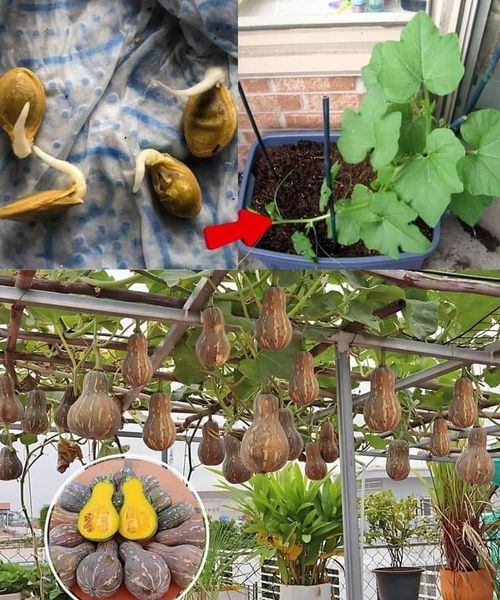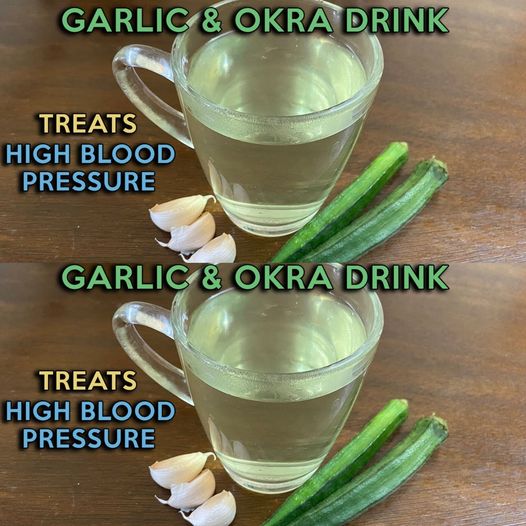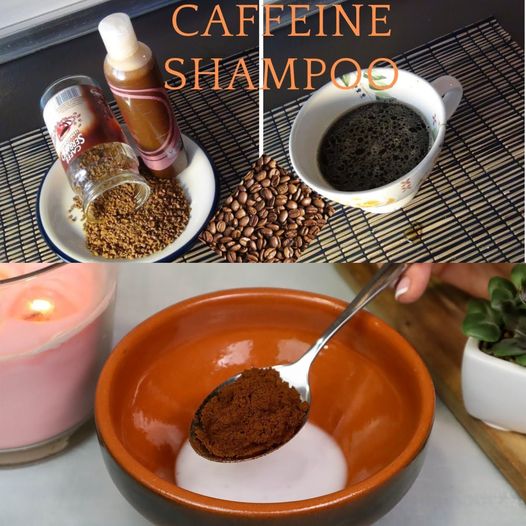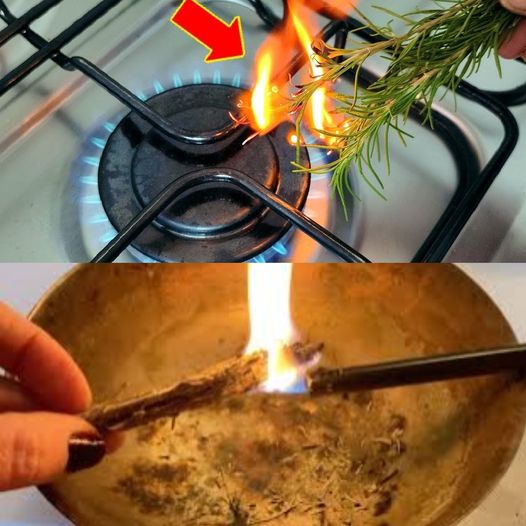Pumpkins are a versatile and hearty crop, perfect for fall decor, pies, soups, and more. You don’t need a sprawling garden to grow them—pumpkins can thrive in containers! Whether you’re a seasoned gardener or a beginner, this guide will help you grow pumpkins at home.
What You Will Need:
- Pumpkin Seeds: Choose a variety suitable for containers, such as ‘Baby Boo,’ ‘Jack Be Little,’ or ‘Sugar Pie.’ These smaller varieties are easier to manage in limited space.
- Large Container: A container that holds at least 10-15 gallons (37-57 liters) is ideal. Make sure it has drainage holes at the bottom to prevent waterlogging.
- Potting Soil: Use high-quality, well-draining potting soil mixed with compost. This will provide nutrients and the loose texture pumpkins need.
- Fertilizer: A balanced fertilizer or one high in nitrogen for early growth, then switch to a higher potassium mix once the plants start flowering.
- Watering Can: Pumpkin plants require consistent moisture, but avoid overwatering.
- Sunlight: Pumpkins need full sun, at least 6-8 hours a day.
Step-by-Step Growing Guide
1. Choose Your Container
Pick a large enough container to accommodate the sprawling vines and the growth of the pumpkin. If you’re growing a miniature variety, a 10-gallon container should suffice, but for larger types, opt for a 15-gallon container or larger. Make sure the container has adequate drainage.
2. Prepare the Soil
Fill your container with well-draining potting soil mixed with compost. The soil should be nutrient-rich and loose to promote healthy root growth. A good mix would be 50% potting soil and 50% compost. Avoid garden soil, as it may compact and not provide enough drainage.
3. Plant the Seeds
Sow 2-3 pumpkin seeds about 1 inch deep into the soil. Once they sprout, thin them out by leaving only the healthiest seedling to grow. This ensures the plant has enough space and resources to flourish. If you’re using seedlings, gently transplant them into the container, spacing them about 2 feet apart if using multiple plants.
4. Provide Support for Vines
Pumpkins are vining plants, and even in containers, they will send out long vines. Train the vines by placing a small trellis or stakes in the container, or let the vines spill over the edge of the pot. For smaller varieties, a trellis or sturdy frame can support both the vines and the pumpkins themselves.
5. Water Regularly
Pumpkins love water, so make sure the soil is consistently moist. Water deeply whenever the top inch of soil feels dry. However, avoid waterlogging the soil, as this can cause root rot. Water at the base of the plant to prevent fungal diseases that affect the leaves.
6. Fertilize
When the seedlings have developed their first true leaves, start feeding them with a balanced fertilizer (such as 10-10-10). Once the plants start flowering, switch to a fertilizer high in potassium, which helps with fruit development. Be careful not to over-fertilize as this can lead to excessive vine growth but fewer pumpkins.
7. Pollinate
If you’re growing pumpkins in an area without many bees, you may need to hand-pollinate the flowers. Pumpkins have both male and female flowers. Use a small paintbrush to transfer pollen from the male flowers (the ones with long, thin stems) to the female flowers (the ones with a small fruit beneath them).
8. Support Growing Pumpkins
As the pumpkins grow, they may need support to prevent them from pulling the vines down. Place a piece of wood, a small stand, or even a cloth sling under each fruit to keep them off the ground and prevent rotting.
9. Harvest
Pumpkins are ready to harvest when they have developed a deep color (orange for most varieties) and the skin feels hard. This usually occurs about 90-120 days after planting, depending on the variety. Cut the pumpkin from the vine, leaving a few inches of stem attached. Let them cure in a warm, dry place for 7-10 days to harden the skin and improve their storage life.
Growing Tips:
- Companion Plants: Grow marigolds or nasturtiums nearby to help repel pests like aphids and squash bugs.
- Rotation: If you plan on growing pumpkins annually, avoid reusing the same soil every year to prevent disease buildup.
- Pest Control: Keep an eye out for pests like squash bugs or powdery mildew. Neem oil can help deter these pests, or you can introduce beneficial insects like ladybugs to keep pest populations in check.
Conclusion:
With the right container, sunlight, and care, you can enjoy a bountiful pumpkin harvest right from your home. Whether you’re growing pumpkins for fall décor or to make homemade pumpkin pies, the satisfaction of growing your own will make your efforts worth it. Happy planting!



